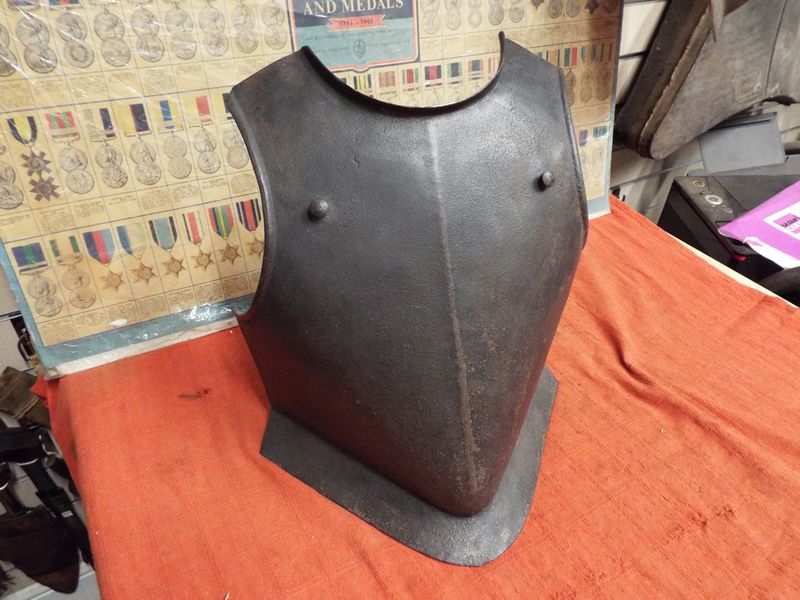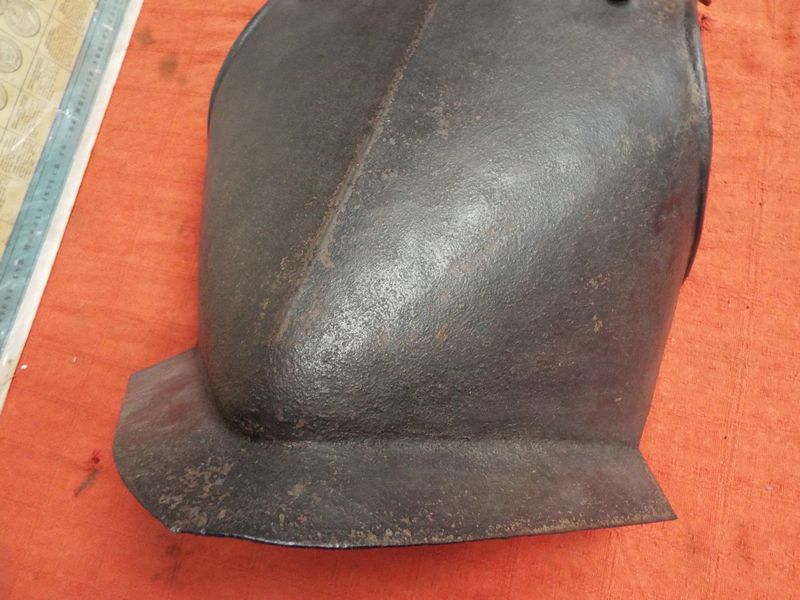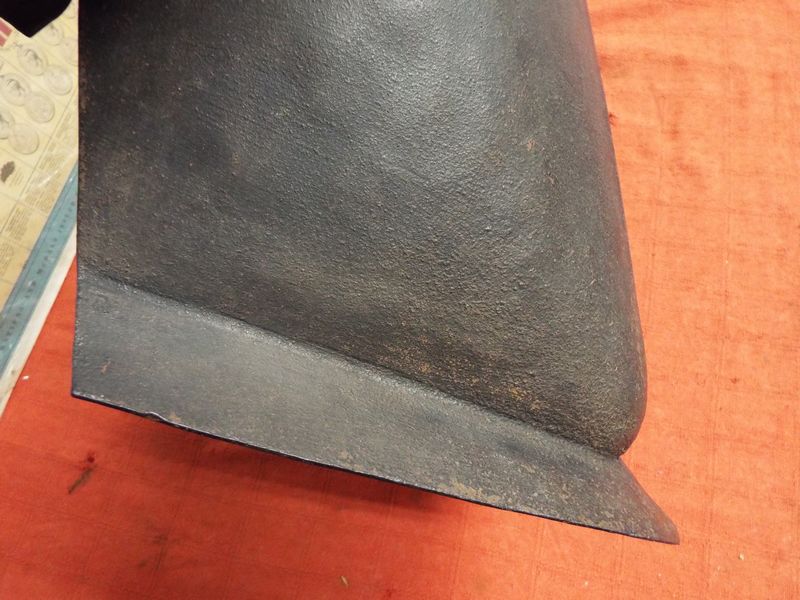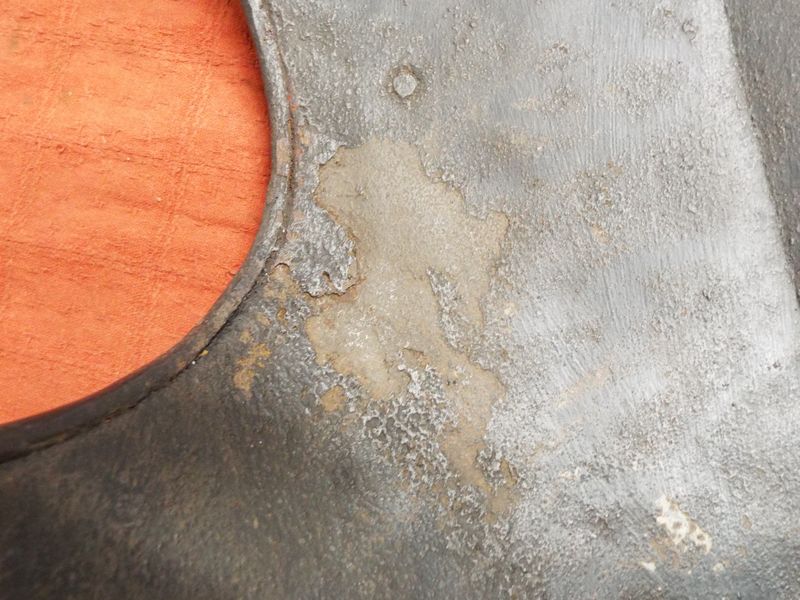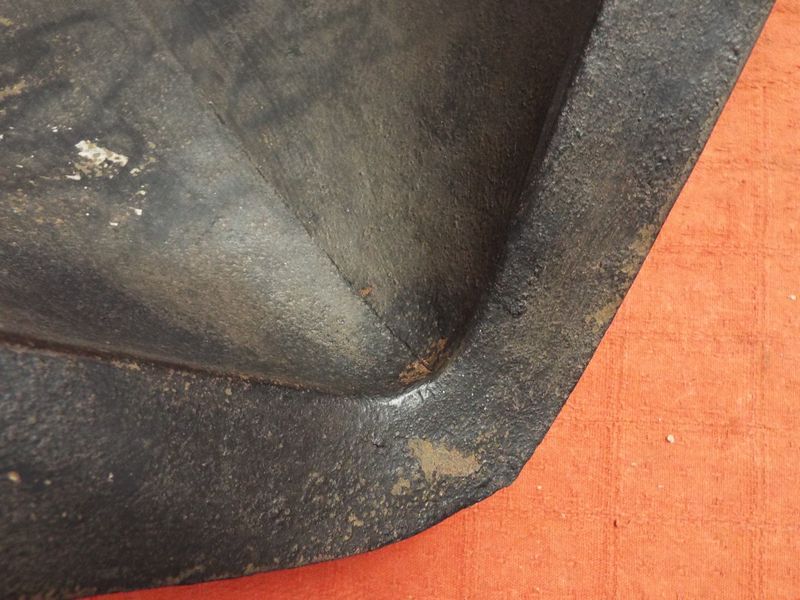Hi Tom.
Aye exactly! Many of the originals were made from layers of thin sheet welded together: sometimes 2, some 3 and I have seen a 4 somewhere for sale. I suspect this was intentional, as the RA article suggests, something akin to laminated armour on MBT's today. I have a copy of the article somewhere about the study of duplex armours but I don't recall reading any hardness tests of the different layers - will try to find it and post a link.
Look for delamination, or separation of the layers, usually visible where the armour is rolled over at the arm and neck holes and often seen in small sections along the edge of the skirt.
As an anecdote, York Antiques had a stunning '1st century gladiators sword' for a very reasonable price about 6 months ago and I would normally steer well clear of antiquities for fear of good fakes (and did in this case for want of the asking price!) but from getting a close look at it, it was a convincing original Pompeii
gladius; the method of construction clearly visible in the tang where the outer jacket of iron/steel had separated away from the innermost core of the blade. My eyes nearly popped out of my head, especially as you could have hilted it up and put it to use after nearly 2000 years.
Good luck.
